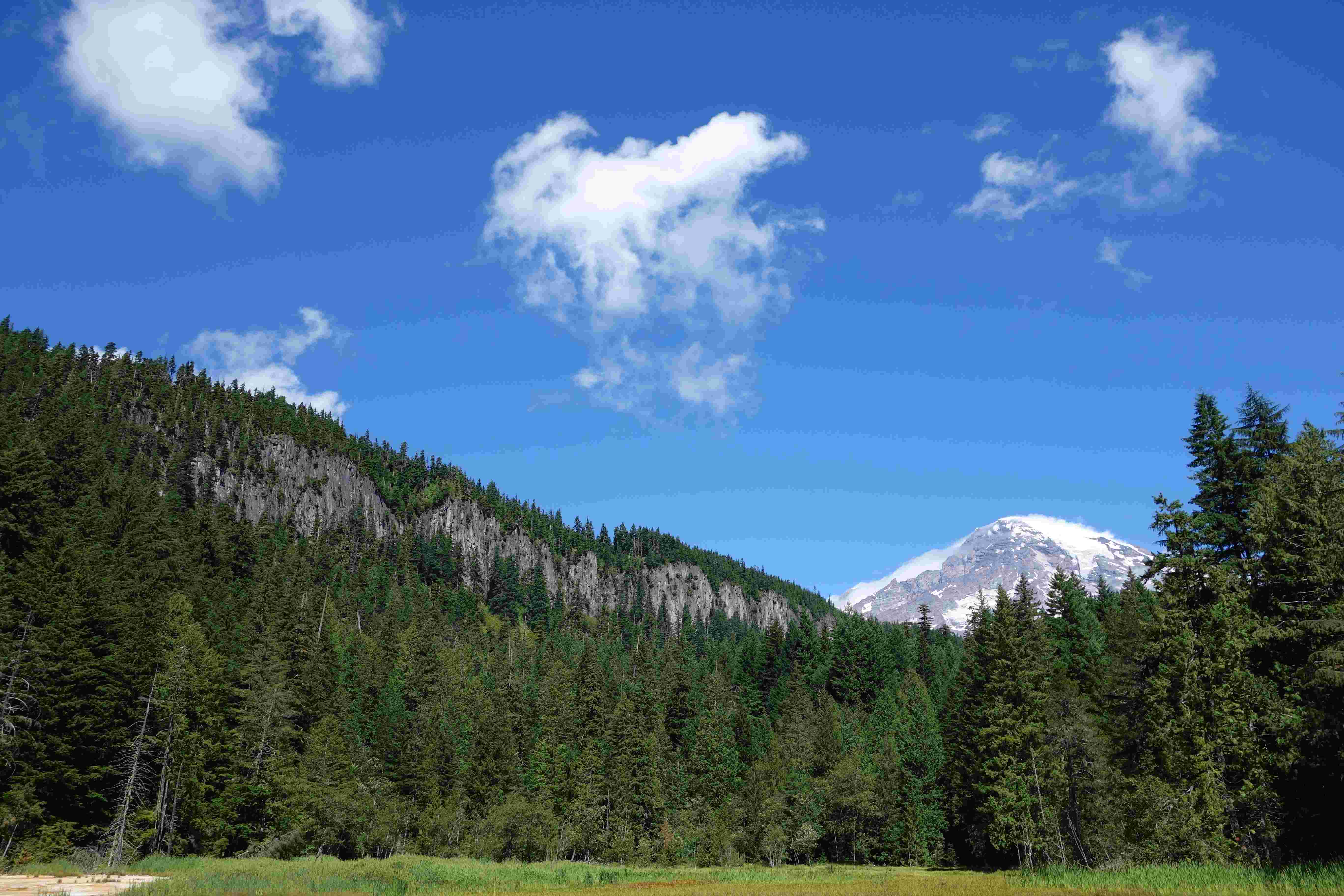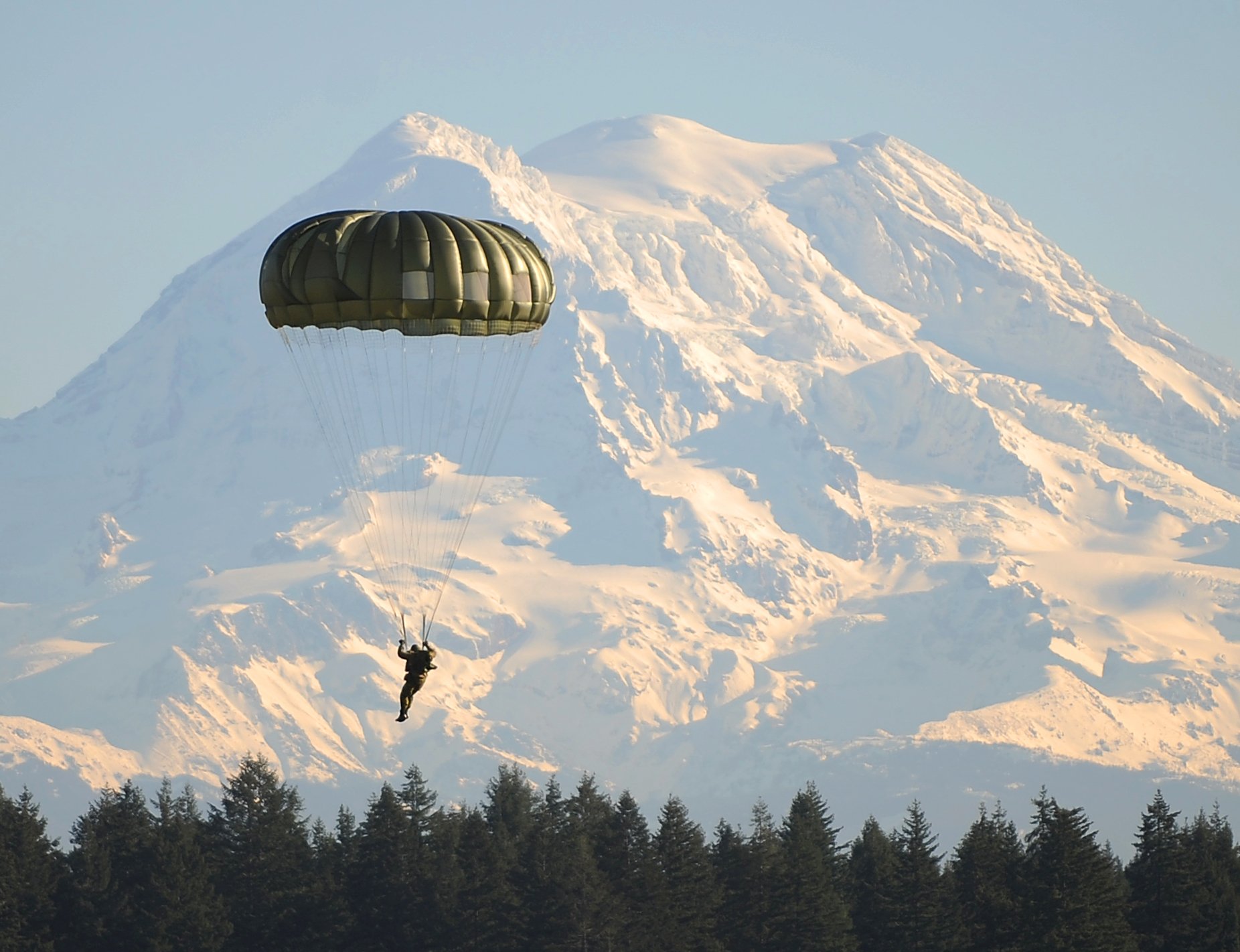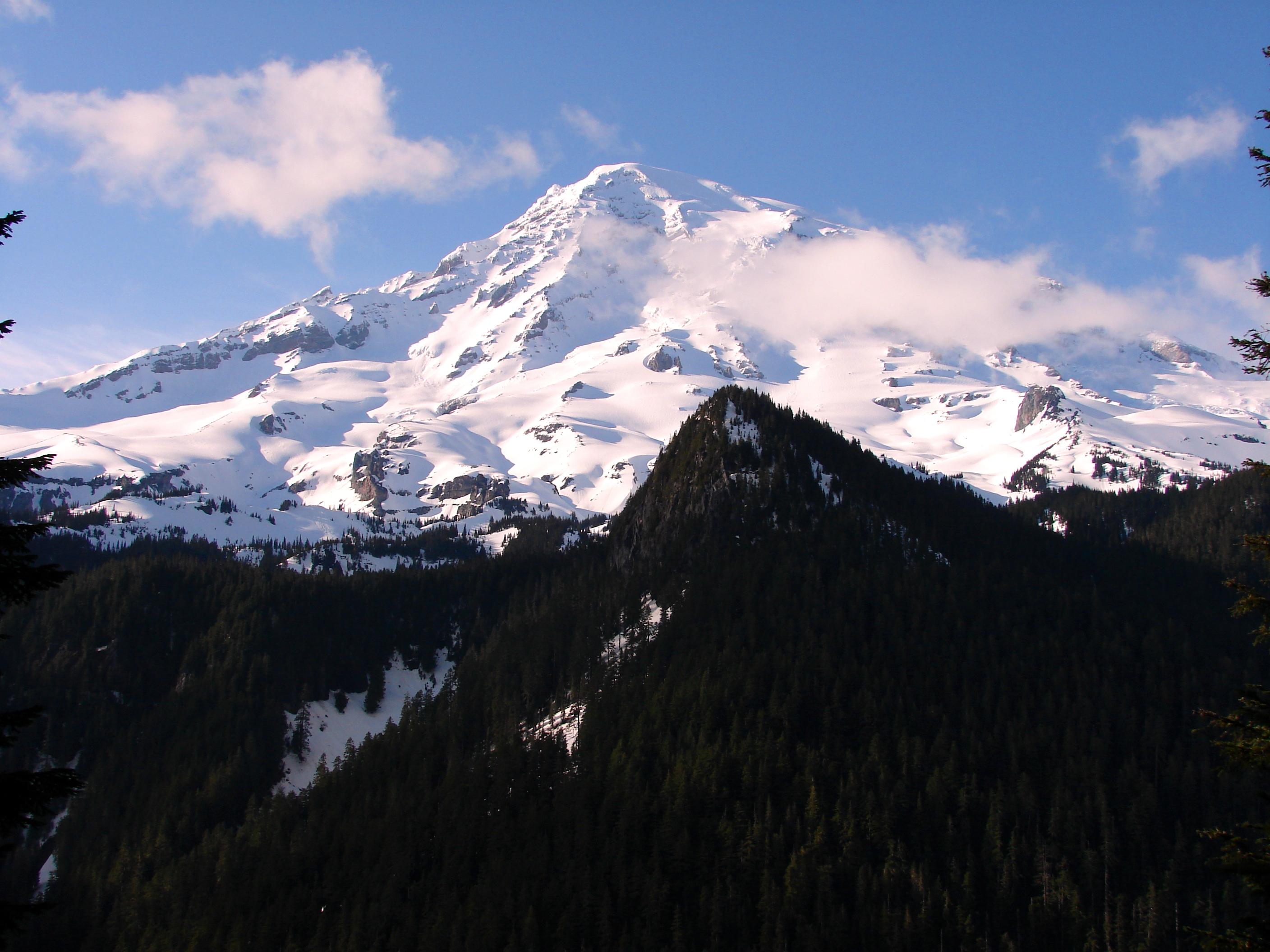Mount Rainier, an iconic stratovolcano in Washington State, attracts thousands of visitors annually. While its majestic beauty is undeniable, questions about safety often arise. This guide explores the safety aspects of Mount Rainier, addressing common concerns and providing essential information for visitors. From historical data on incidents to practical safety tips, we’ll examine whether Mount Rainier can be considered safe and what precautions visitors should take.
What Are the Safety Statistics for Mount Rainier?

Understanding the safety record of Mount Rainier is crucial for visitors. Let’s examine the key statistics:
Fatalities and Incidents
- Between 2007 and 2023, Mount Rainier National Park recorded 77 deaths.
- Primary causes:
- Falls (35%)
- Hypothermia (10%)
- Drowning (9%)
- Avalanches (9%)
- Historical data (1897-2017):
- 425 total fatalities
- Approximately 90 summit climber deaths
- 35 non-summit climbing accidents
Rescue Operations
- The park conducts 5 to 15 rescues annually
- Common reasons for rescues:
- Slips and falls
- Respiratory problems
- Weather-related issues
What Are the Main Safety Concerns at Mount Rainier?

Visitors to Mount Rainier face several potential hazards:
- Terrain Challenges
- Rugged and remote areas
- Risk of falls, especially on steep slopes
-
Avalanche danger in snow-covered areas
-
Weather Conditions
- Rapid weather changes
- Possibility of snow, rain, and high winds
-
Risk of hypothermia
-
Environmental Hazards
- Geohazards due to volcanic activity
- Debris flows
-
Rockfalls
-
Wildlife Encounters
- Presence of black bears and mountain lions
- Potential for unexpected animal interactions
How Can Hikers Stay Safe on Mount Rainier?
Hiking is one of the most popular activities at Mount Rainier. Follow these safety tips:
- Prepare for Elevation
- Be aware of risks associated with high-altitude hiking
-
Use appropriate gear for snowy conditions (crampons, ice axes)
-
Check Weather Forecasts
- Review weather predictions before your hike
-
Be prepared for sudden weather changes
-
Navigation
- Use GPS devices
-
Learn to navigate in low-visibility conditions
-
Proper Equipment
- Wear appropriate hiking boots
-
Carry essential safety gear
-
Stay on Designated Trails
- Avoid venturing off marked paths
- Be cautious of unstable terrain
What Safety Measures Should Campers Take?
Camping at Mount Rainier requires specific safety precautions:
- Food Storage
- Use airtight containers for food and trash
-
Keep a clean campsite to avoid attracting wildlife
-
Awareness of Geohazards
- Understand the risks of debris flows
-
Be familiar with volcanic hazard zones
-
Campsite Selection
- Choose sites away from potential hazard areas
-
Follow park regulations for camping locations
-
Emergency Preparedness
- Carry a first-aid kit
- Know emergency procedures and contact information
How to Handle Wildlife Encounters Safely?
Wildlife encounters require caution and respect:
- Maintain Safe Distances
- Keep at least 100 yards from bears and wolves
-
Stay 25 yards away from other large animals
-
No Feeding Policy
- Never feed park animals
-
Properly store food and trash
-
Make Noise While Hiking
- Alert animals to your presence
-
Avoid surprising wildlife on trails
-
Carry Bear Spray
- Know how to use bear spray effectively
- Keep it easily accessible during hikes
What Special Precautions Should Climbers Take?
Climbing Mount Rainier is challenging and requires specific safety measures:
- Technical Preparation
- Use proper climbing gear (helmets, harnesses, ice axes, crampons)
-
Be proficient in glacier travel techniques
-
Physical Fitness
- Train adequately for the physical demands of climbing
-
Acclimatize to high altitudes
-
Route Knowledge
- Study and understand your chosen climbing route
-
Be aware of potential hazards along the way
-
Climbing in Groups
- Never climb alone
-
Use rope teams when traversing glaciers
-
Weather Monitoring
- Check weather forecasts frequently
- Be prepared to turn back if conditions deteriorate
How Does Mount Rainier’s Volcanic Activity Affect Safety?
As an active volcano, Mount Rainier presents unique safety considerations:
- Geohazard Awareness
- Understand the risks of lahars (volcanic mudflows)
-
Be familiar with evacuation routes
-
Monitoring Systems
- The USGS monitors volcanic activity closely
-
Stay informed about current volcanic alert levels
-
Preparedness
- Follow park guidelines for volcanic hazard preparedness
- Know how to respond in case of volcanic activity
What Emergency Services Are Available at Mount Rainier?
Understanding available emergency services is crucial:
- Park Rangers
- Trained in search and rescue operations
-
Provide first response in emergencies
-
Medical Facilities
- Limited medical services available within the park
-
Serious emergencies may require evacuation to nearby hospitals
-
Communication
- Cell phone coverage is limited in many areas
-
Consider carrying a satellite phone or emergency beacon
-
Emergency Shelters
- Know the locations of emergency shelters on your route
- Understand how to use these facilities in case of need
Conclusion: Is Mount Rainier Safe?
Mount Rainier, like any wilderness area, presents inherent risks. However, with proper preparation, awareness, and adherence to safety guidelines, visitors can significantly reduce these risks. The park’s safety record, while not without incidents, shows that millions of visitors enjoy the mountain safely each year.
Key takeaways for a safe visit to Mount Rainier:
– Prepare thoroughly for your activities
– Stay informed about weather and conditions
– Follow all park safety guidelines
– Respect wildlife and natural hazards
– Be prepared for emergencies
By taking these precautions, visitors can enjoy the breathtaking beauty of Mount Rainier while minimizing safety risks. Remember, your safety is primarily your responsibility, and informed, cautious behavior is the best way to ensure a safe and memorable experience at Mount Rainier National Park.
References:
1. Mount Rainier, Not a Place to Take Lightly – National Parks Traveler
2. Safety – Mount Rainier National Park – U.S. National Park Service
3. NPS Incident Reports – Mount Rainier National Park – NPS History

